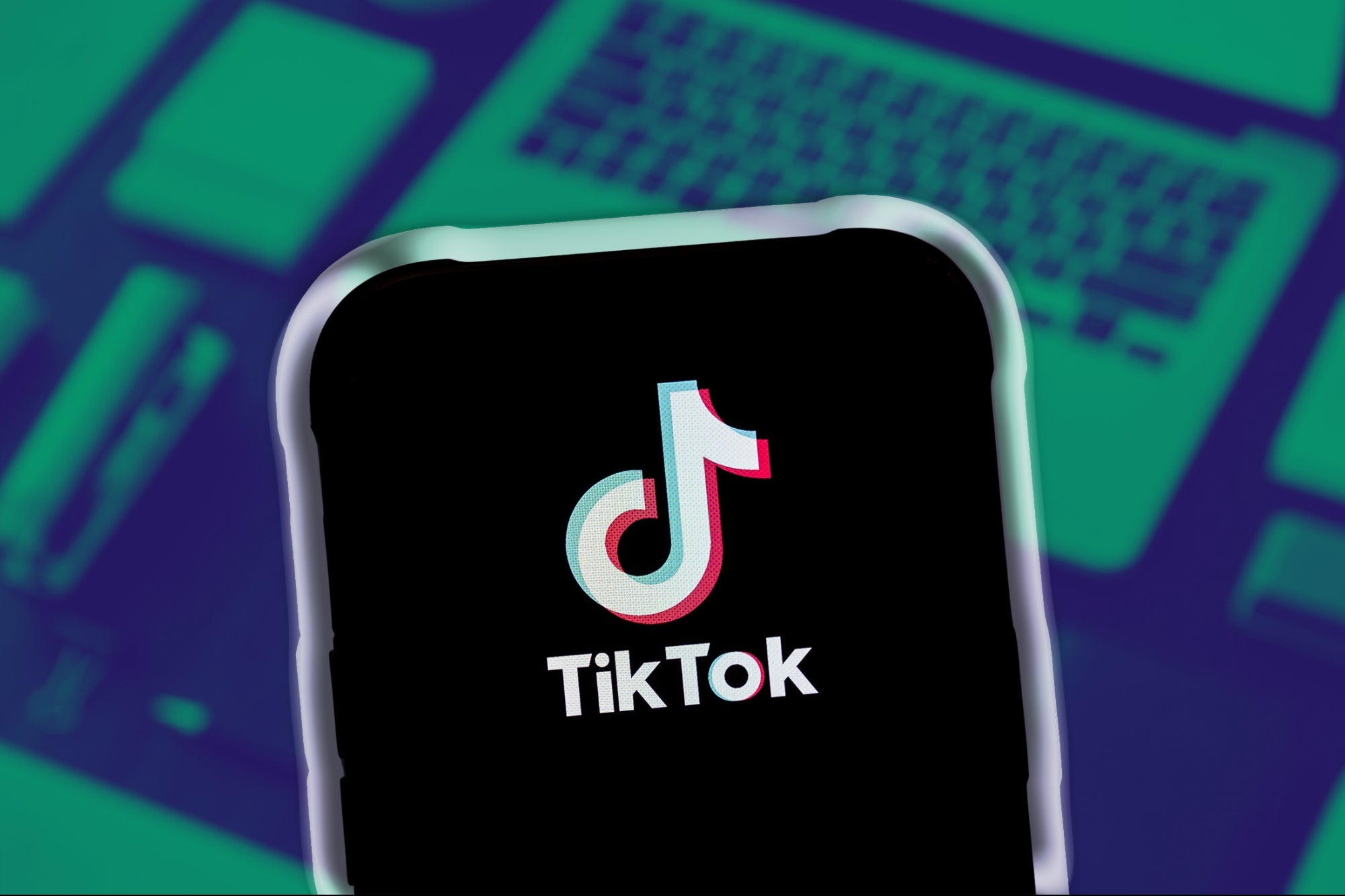One Secret to Achieving Revenue Growth and Profitability Fast Without VC Funding It's all about business strategy.
By Lilia Stoyanov Edited by Jason Fell
Opinions expressed by Entrepreneur contributors are their own.
You're reading Entrepreneur Europe, an international franchise of Entrepreneur Media.

As an angel investor, I am shocked by the growing number of founders that entirely focus on the next funding round. More often than not, I see pitch decks showing the number of app downloads, website visits, or free trials, but no information about monetization. Sometimes, during the conversation with the founders, it becomes clear that they have not even figured their business model yet.
Although in some cases it is acceptable to depend on the next funding round for 10 years or more due to the nature of the business, being solely focused on fundraising is a very risky strategy and may result in bankruptcy if the founders fail to secure the next funding round on time.
All this time, I couldn't help asking myself, ''What if the founders focus on go-to-market strategy and monetization? What would be the difference?''
Being an angel investor has some advantages. Six years ago I invested in a ''business experiment'' called Transformify. I call it a ''business experiment'' as the business was built out of the box, did not follow any widely accepted fundraising practices, and I was completely prepared to write off the investment. Back then, the risk appeared to be that high.
Still, the experiment was worth taking the risk. It could prove that focusing on go-to-market strategy and monetization early on could move the needle and decrease the startup mortality rate in any angel investor's portfolio.
Maybe I was lucky. Maybe my background in financial strategy helped a lot. Either way, Transformify exceeded all expectations. The HR software company achieved profitability in three years, 650 percent revenue growth in H1 2021 and 950 percent revenue growth in 2021, with no funding rounds involved.
So, what is the secret and can startup founders replicate it? Definitely. Here's what I have done differently.
Monetization, monetization, monetization.
Since the beginning, I had a monetization plan and the product roadmap was tight to it. Even more, the cash I was about to invest was split into stages so that less cash was to be invested after the first functionalities were monetized.
Sounds easy but how to make people buy a new product?
You may be surprised but the product was not monetized first. Transformify is built as an enterprise workforce management system around modules — Applicant Tracking System ( ATS), Freelancer Management System ( FMS), Vendor Management System (VMS), etc. Even the first module, Freelener Management System, would take more than three years to complete in full. We didn't have three years as no venture capital funding shortened the business runaway. We needed to monetize, fast.
Then, what did we monetize? It was our mailing list. Back in 2015, remote work was still reserved for digital nomads and announcing the launch of Transformify as an all-remote company relying on freelancers crowdsourced via its own platform attracted lots of attention. Transformify HR blog was launched first. The mailing list was growing like crazy, and naturally, we launched an affiliate program to monetize it. For an entire year, the revenue we generated was sufficient to keep the product development running.
Can this early monetization strategy be replicated by all startups? If not by all, by many. Think about your ''assets'' and create them early on. There is always ''low hanging fruit'' being it the blog mailing list, the traffic to your website, early partnerships, etc. The affiliate and referral programs are often overlooked by the founders and they shouldn't be.
Monetize the pilot version of your product.
You've heard me right — the pilot version can be monetized, too. To do so, you need to build strong industry connections. If none of the founders has a prior industry experience and network, then the route is via accelerators and enterprise startup competitions. The pilot version of your product is likely to be limited in functionality and the technology might not be stable but your industry partners will still be willing to pay for it if you demonstrate the future benefits. Moreover, many enterprises have dedicated startup programs and there are budgets allocated to partnerships with startups.
In our case, Transformify participated in two accelerator programs: K-startup Grand Challenge in South Korea and Vienna Business Agency in Austria, followed by a grant received from Innovate UK.
Grants.
Speaking of grants, these are not to be neglected. A well-written grant proposal has the same chances of being successful as a funding round. Even more, writing grant proposals means that you have done the hard work with your business plan and the same documents can be repurposed when applying for accelerators or raising a funding round.
Say ''No'' to some customers.
Transformify reached profitability in 2019. Still, back then, a major portion of the revenue was generated via the affiliate program and some key partnerships. The hardest part was to figure out how to scale the customer base. In early 2020, we would take every customer onboard regardless of the company size and headcount.
Soon, it became clear that measuring customer growth in terms of the number of newly onboarded business customers each month was insufficient. Instead, we had to invent more sophisticated KPIs around the quality of the customer base. That perspective led us to some interesting insights — there were ''high maintenance'' customers that required lots of attention, custom features, etc. Still, those customers combined generated less than 3 percent of the revenue. At that moment, we had the profile of the ''no go'' customer and, believe me, it is as important as your ''buyer persona'' — the profile of your ideal customer.
Saying ''no'' to some customers allows better scalability and higher profit margins.
Market focus.
The next step is the go-to-market strategy. How are you going to penetrate that market? Is it the right market in the first place?
Many startup failures are attributed to a go-to-market fiasco. Not understanding well your audience and where to find those people can burn marketing budgets quicker than ice melting on a tropical beach.
Your competitors are on Facebook and Twitter. Do you need to invest in these marketing channels as well? Not necessarily. Your competitors might not be achieving sufficient ROI ( return on investment) and if you follow them, you will fall into the same trap. Google Adwords, Instagram, TikTok, YouTube, etc. are all mainstream social media channels that are not equally good for all businesses. Sometimes, the best strategy is to invest in niche marketing channels like leading industry blogs, influencers talking specifically about your industry, themed podcasts and the like. The ROI is likely to be much higher.
You achieved profitability and sustainable growth, what's next?
Following the steps above, my '' business experiment'' Transformify achieved 650 percent revenue growth in H1 2021 and 950 percen revenue growth in 2021. I hope that the results will be an inspiration for many angel investors and founders.
However, achieving profitability and sustainable revenue growth are just milestones, not the end of the road. Now, it is time to think about your ''exit strategy'' be it an IPO, an acquisition or a series of funding rounds at much higher valuation versus raising funding early on. Taking a business to a successful exit is always hard work that is definitely worth the effort.













